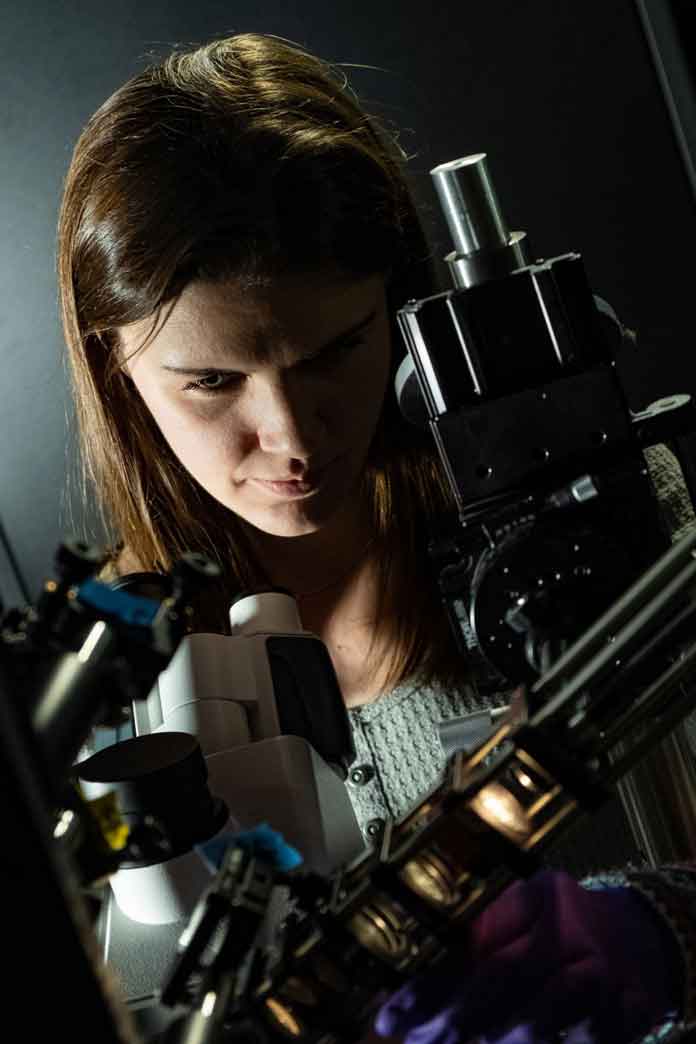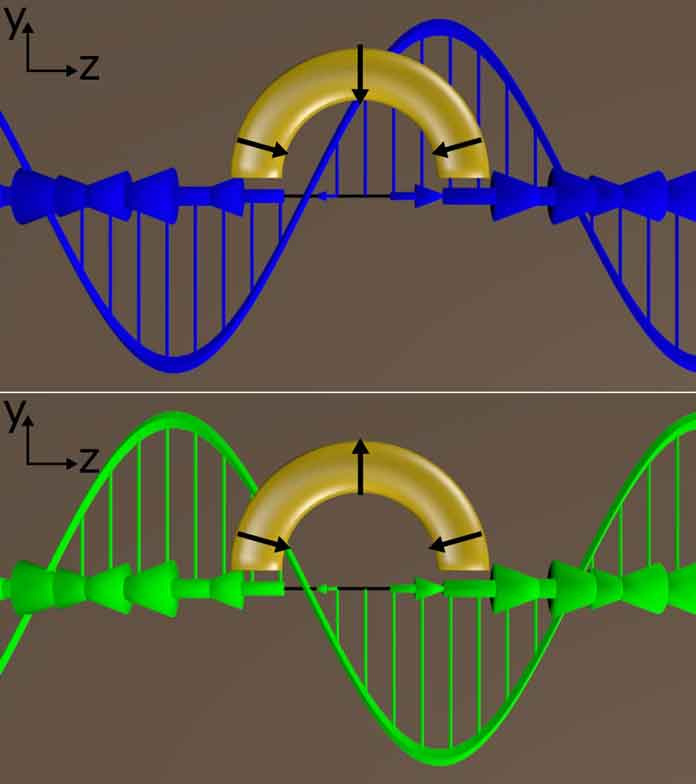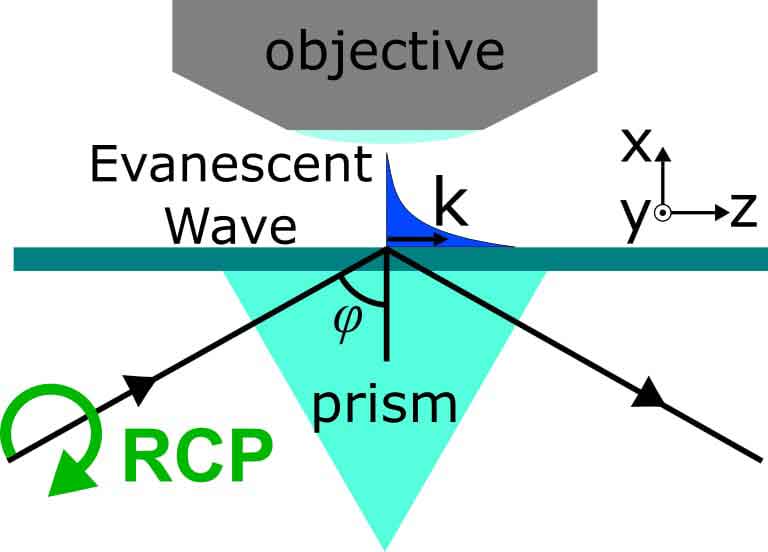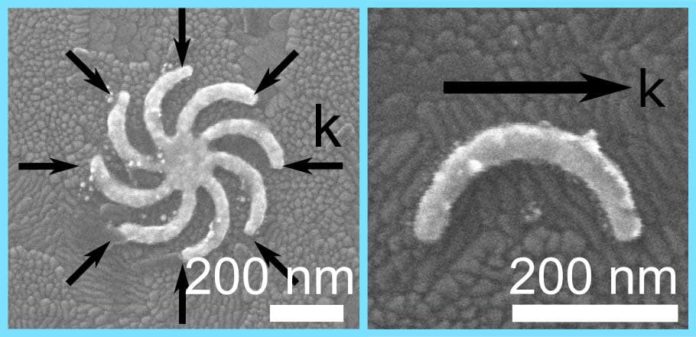Rice scientists surprisingly made a discovery that suggests that exciting the microscopic particles just right produced a near-perfect modulation of the light they scatter. This is a basically different form of light-matter interaction.
The work springs from the muddled collaborations among light and plasmonic metal particles that ingest and dissipate light greatly effectively. Plasmons are quasiparticles, collective excitations that move in waves on the surface of a few metals when energized by light.
Scientists were studying pinwheel-like plasmonic structures of C-shaped gold nanoparticles to see how they responded to circularly polarized light and its rotating electric field, especially when the handedness, or the direction of rotation of the polarization, was reversed. They then decided to study individual particles.

They started by shining polarized light at a particular angle onto the surface of their sample of gold nanoparticles attached to a glass substrate would create an evanescent field, an oscillating electromagnetic wave that rides the surface of the glass and traps the light like parallel mirrors, an effect known as a total internal reflection.
They also knew that circularly polarized light is composed of transverse waves. Transverse waves are perpendicular to the direction the light is moving and can be used to control the particle’s visible plasmonic output. But when the light is confined, longitudinal waves also occur. Where transverse waves move up and down and side to side, longitudinal waves look something like blobs being pumped through a pipe.
They found the plasmonic reaction of the C-molded gold nanoparticles relies upon the out-of-state collaborations between both transverse and longitudinal waves in the fleeting field. For the pinwheel, the scientists discovered they could change the force of the light yield by as much as 50 percent by essentially changing the handedness of the circularly spellbound light information, in this manner changing the relative stage between the transverse and longitudinal waves.
When they separated the test to singular, C-formed gold nanoparticles, they found the shape was critical to the impact. Changing the handedness of the spellbound information made the particles totally turn on and off.

Lauren McCarthy, a graduate student said, “We knew we had an evanescent field and we knew it could be doing something different, but we didn’t know exactly what. That didn’t become clear to us until we got the simulations done, telling us what the light was actually exciting in the particles, and seeing that it actually matches up with what the evanescent field looks like.”
“It led to our realization that this can’t be explained by how light normally operates. We had to adjust our understanding of how light can interact with these sorts of structures.”
“The shape of the nanoparticle triggers the orientation of three dipoles (concentrations of positive and negative charge) on the particles.”
“The fact that the half-ring has a 100-nanometer radius of curvature means the entire structure takes up half a wavelength of light. We think that’s important for exciting the dipoles in this particular orientation.”

The simulations demonstrated that turning around the occurrence energized light handedness and tossing the waves out of stage switched the course of the center dipole, drastically decreasing the capacity of the half-ring to diffuse light under one-incident handedness. The polarization of the fleeting field at that point clarifies the relatively total turning on and off the impact of the C-formed structures.
Rice chemist Stephan Link said, “Interestingly, we have in a way come full circle with this work. Flat metal surfaces also support surface plasmons like nanoparticles, but they can only be excited with evanescent waves and do not scatter into the far field. Here we found that the excitation of specifically shaped nanoparticles using evanescent waves produces plasmons with scattering properties that are different from those excited with free-space light.”
A paper about the research appears in the American Chemical Society journal ACS Nano.
